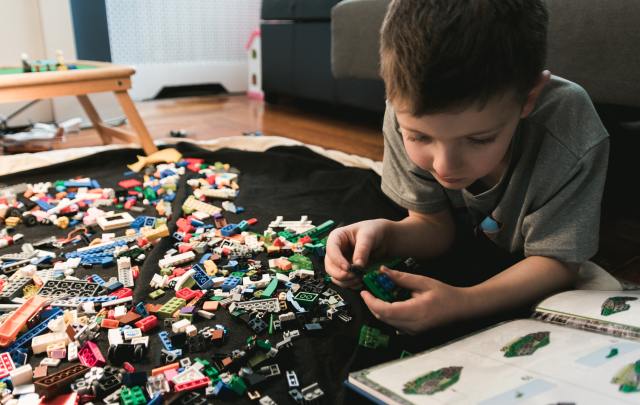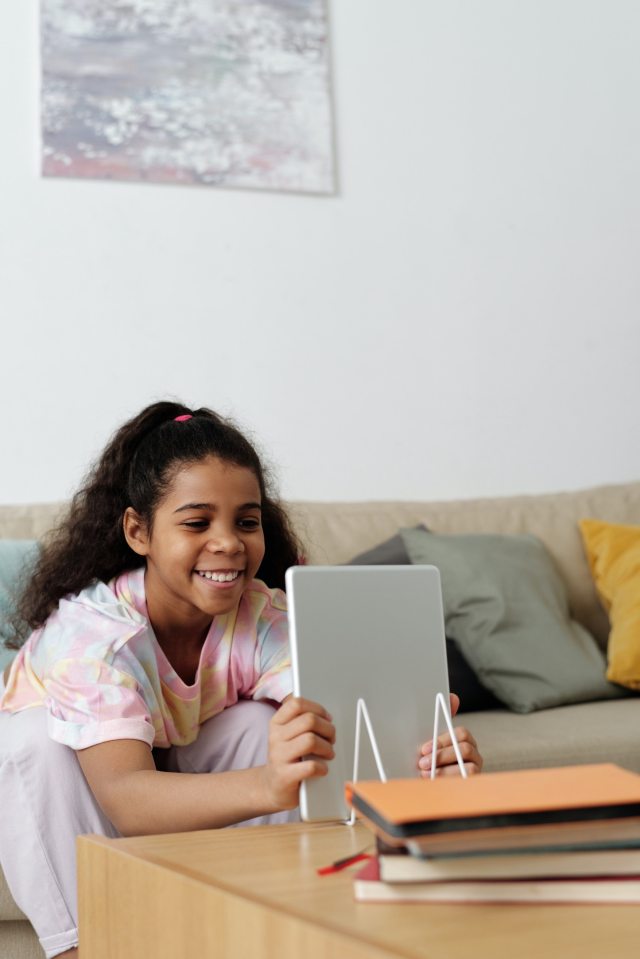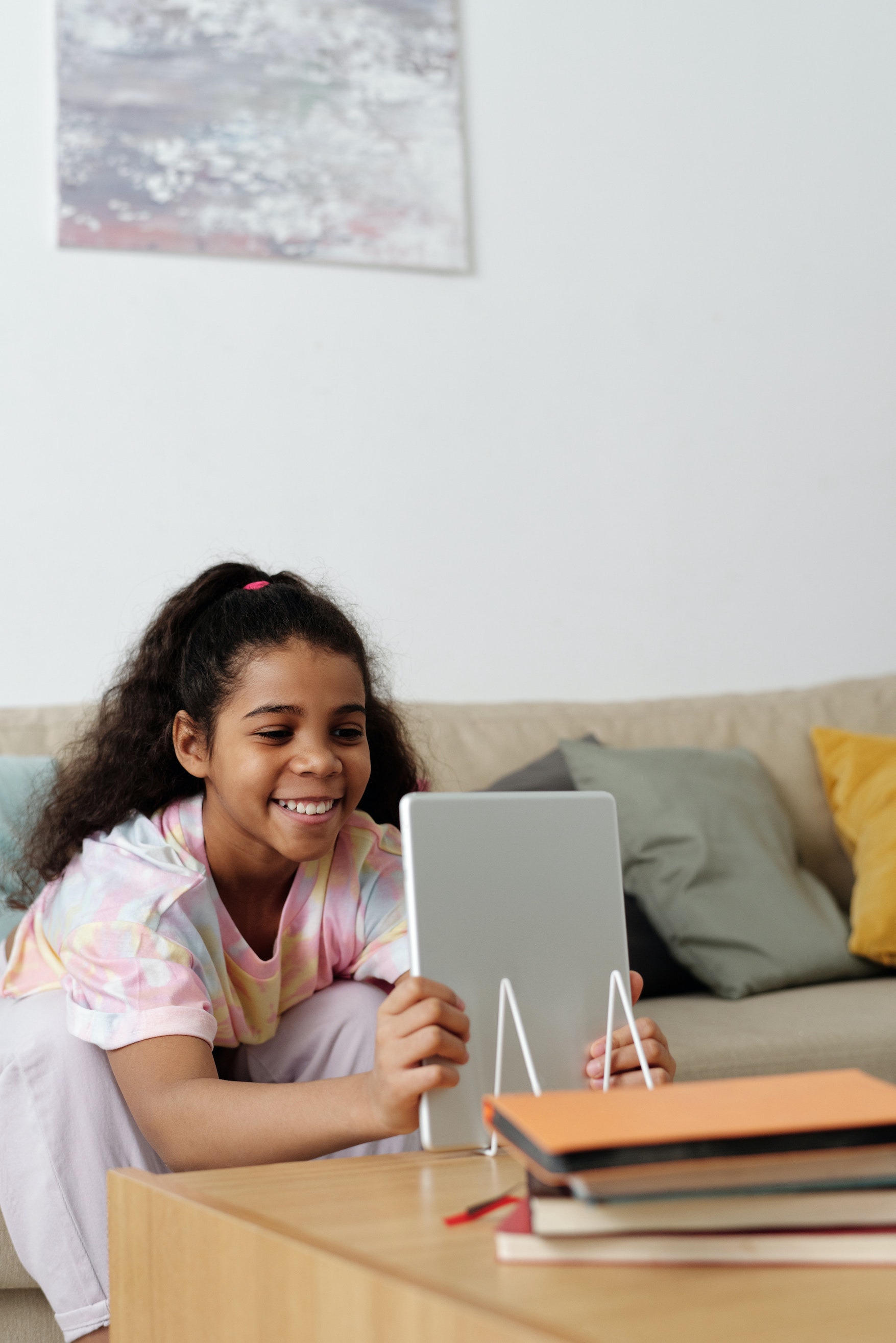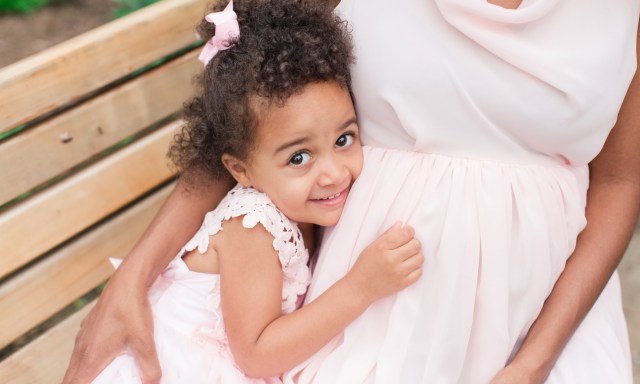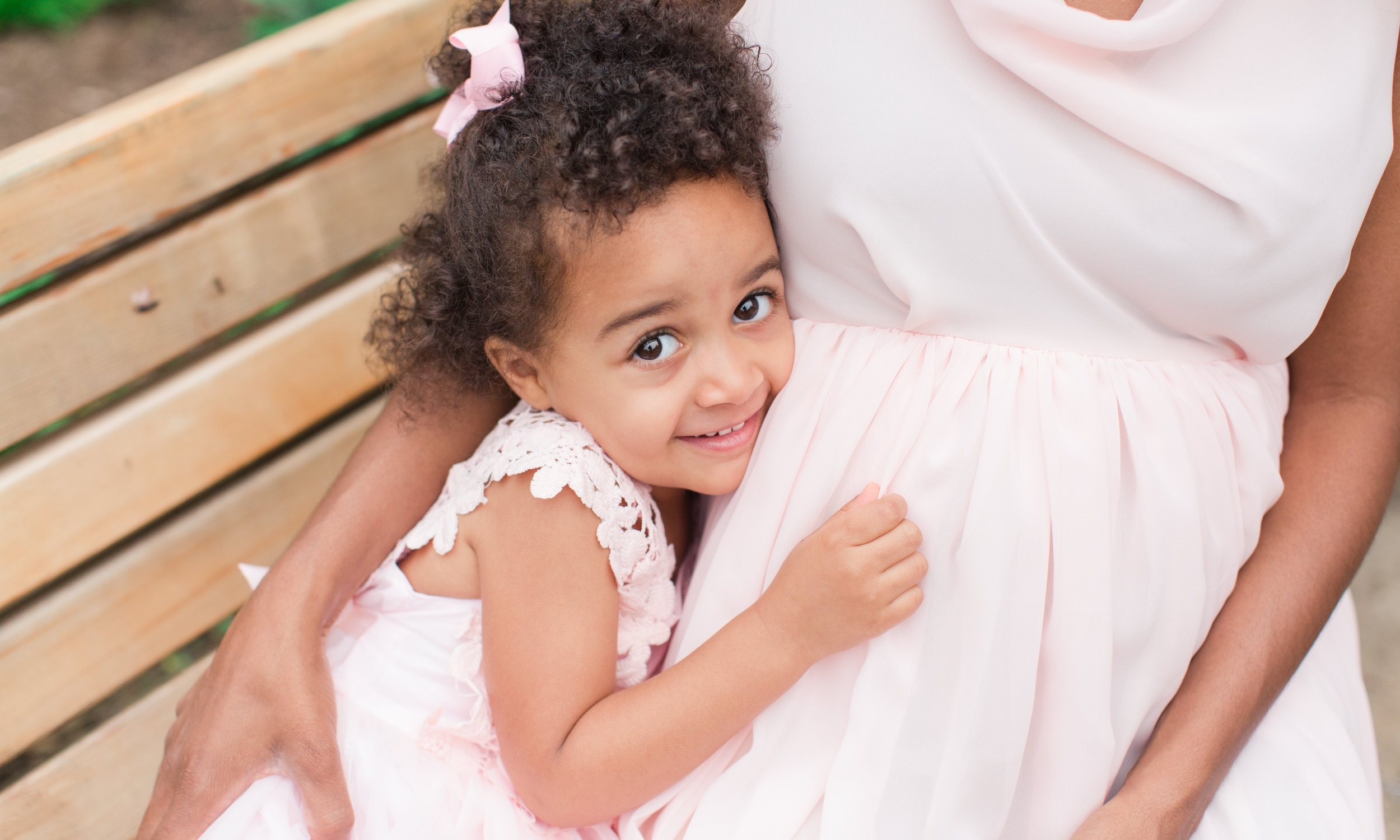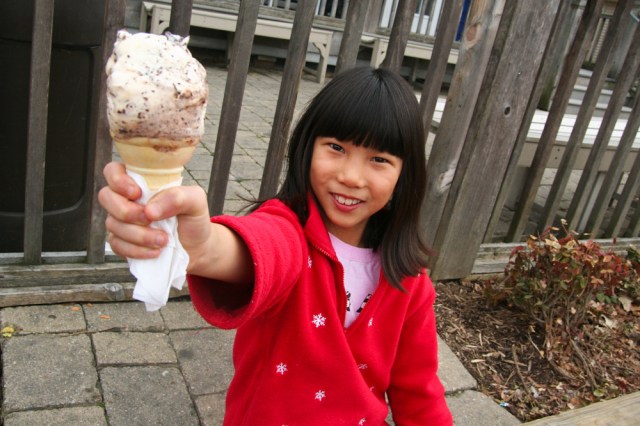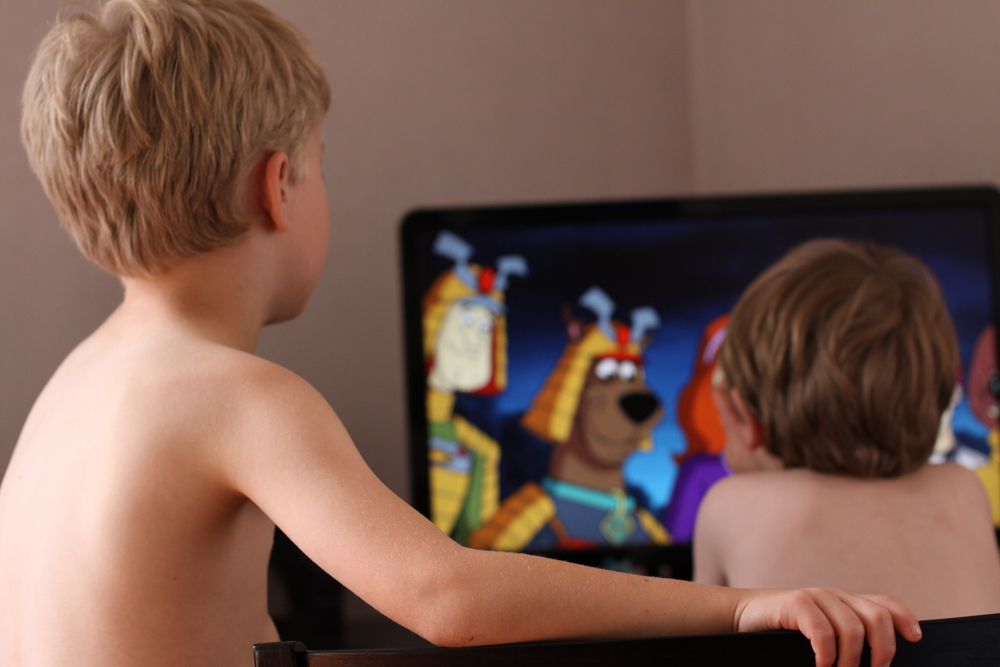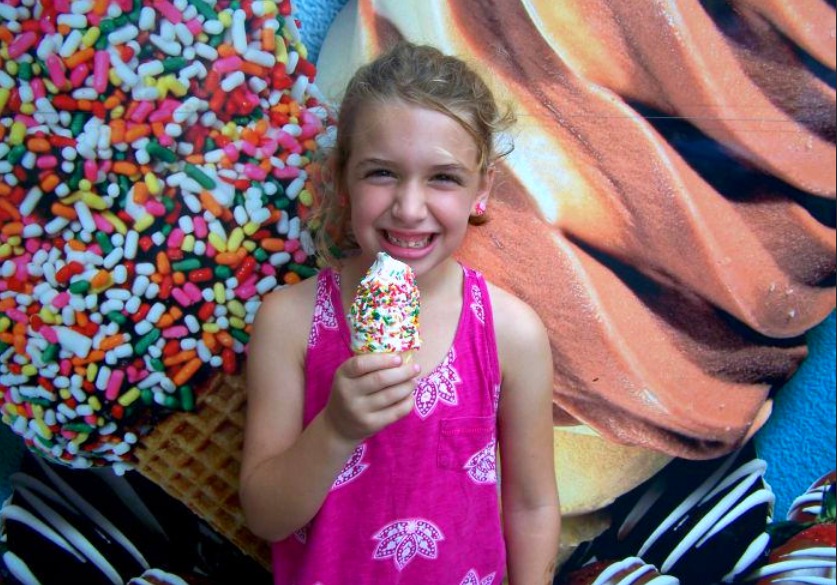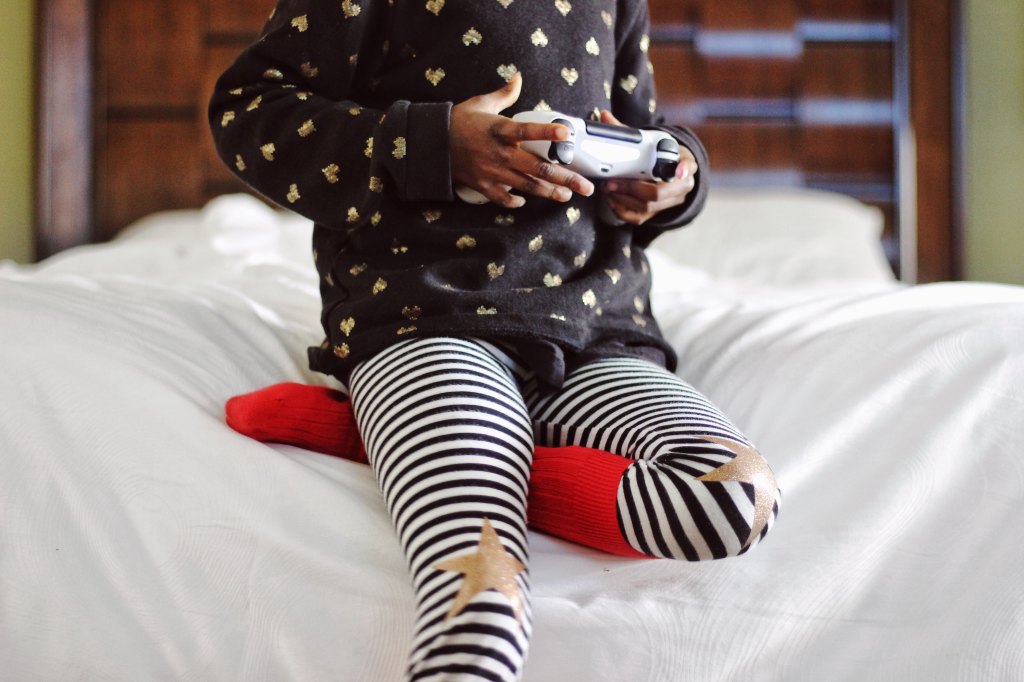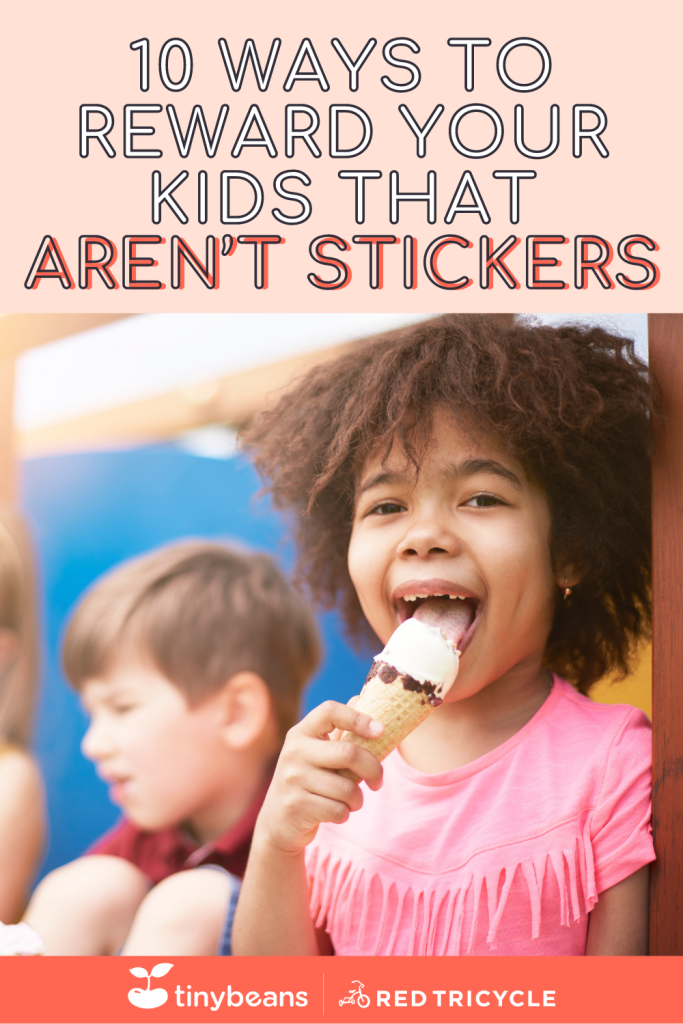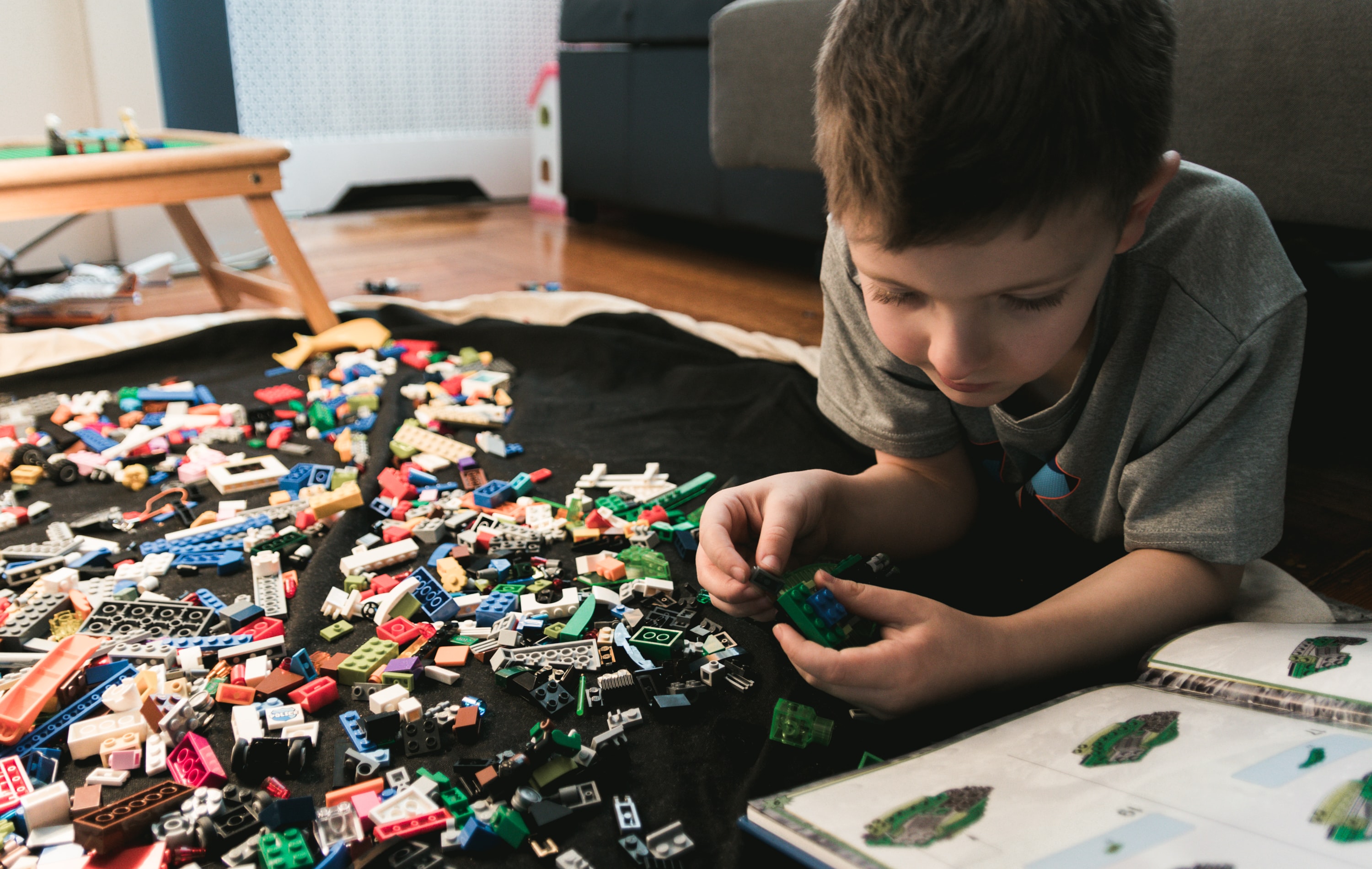
Last Sunday, I was super motivated to clean and organize all of the toys! I have really been wanting to do this before Christmas. Parents, do you ever get overwhelmed by all of the toys, clutter, and those pesky little broken pieces everywhere?
I like cleanliness, organization and things just being put away. Of course, with three little boys, I have learned to live with it, their mess that is. The boys do put away toys every night before bed but they have not been organized and put in their proper place every time. (Plus, they have a Daddy who may be the messiest of them all…) So, I took four hours straight to get the toys where they needed to be and also many large piles of items to get rid of by either donating or just trash. We are donating baby toys and things in good condition that need a new home in order to make room for the new things that they may be getting for Christmas. We are trashing or recycling the broken things, the very old puzzles, and other items that have a million little pieces—half of which are missing. I am also trashing or donating any free and cheap things they got over the years that are never played with any longer such as happy meal toys.
I will share a lot of what I have done to get the toys in order but today I am concentrating on the organization of LEGOS specifically. Check out my Instagram page where I’ve saved everything in my stories under the highlight “Organization.”
It may seem very simple, just sort by color, but as a Mom to three LEGO-loving boys, I have learned a lot about precisely how to best keep them organized for good.
Here are my tips for parents helping to sort and store their children’s’ LEGOS.
- Assess what you have. Bring them all to one common area where you can look everything over and see all of it together.
- Find appropriate storage. We have a small tool organizer from Akro Mills. I highly recommend this one. It was Hunter’s favorite Christmas gift last year, not kidding! He is in 1st grade and loves organization like his Mama. We also have a tall stand-up drawer for larger completed pieces and all of the manuals that come with LEGO sets.
- When assessing and sorting, you just have to start somewhere. I took the biggest pieces out—things that were built or half-built and set them aside for the larger stand-up drawer.
- Next, sort by color. Start with what you have the most of. For us, it was black and gray. Ask for help here, Hunter (7) and Deacon (5, almost 6) were helpers. Wyatt (2) was not into it. Many hands make light work!
- Also, make separate piles for things that are not LEGOS bricks such as LEGO people, windows/doors, windshields, tires, and so forth. These things can have their own drawer.
- Do not waste your time taking pieces apart. Some things have 5-10 small Legos put together. This may be something they are working on and so I just put it in the color drawer that it is mostly.
- Now you can pull out the drawers and put them on the floor or table when ready to play. Keep the built pieces in the larger storage container and then encourage them to sort and clean up when done with the LEGOS for the day. Eventually, they will get into the habit and will be doing this on their own.
- Use the LEGO plates for building! This will help to keep what they are building and so it won’t break or get destroyed. (LEGO plates can be pricey but also make a great Christmas gift.) I do not personally recommend off-brand, it is a different quality.
- This will be a constant job but it will help in the end. My boys are so happy to have it organized because it helps them to play and build more easily for years to come.
- This is not for 3-year-olds (or younger). Wyatt is ready to destroy everything I have done. It won’t be worth your time and energy for them to just dump out all of the nicely organized containers. If you have a young one, keep your older kids’ nicely organized LEGOS out of their reach!
Anyway, I bet you never knew so much went into keeping LEGOS! But when you are a Mom to three boys who happen to all love building, you learn a few things along the way. I remember spending countless hours with my brother and friends at our babysitters playing with LEGOS, just building for hours upon hours. Our family loves them so much and is a great break from screen time and especially in the wintertime when they may not be able to play outdoors. Getting organized now will help you to feel ready for all of those holiday and Christmas gifts!
I always love to hear from you, if you have more tips to share, please do!
